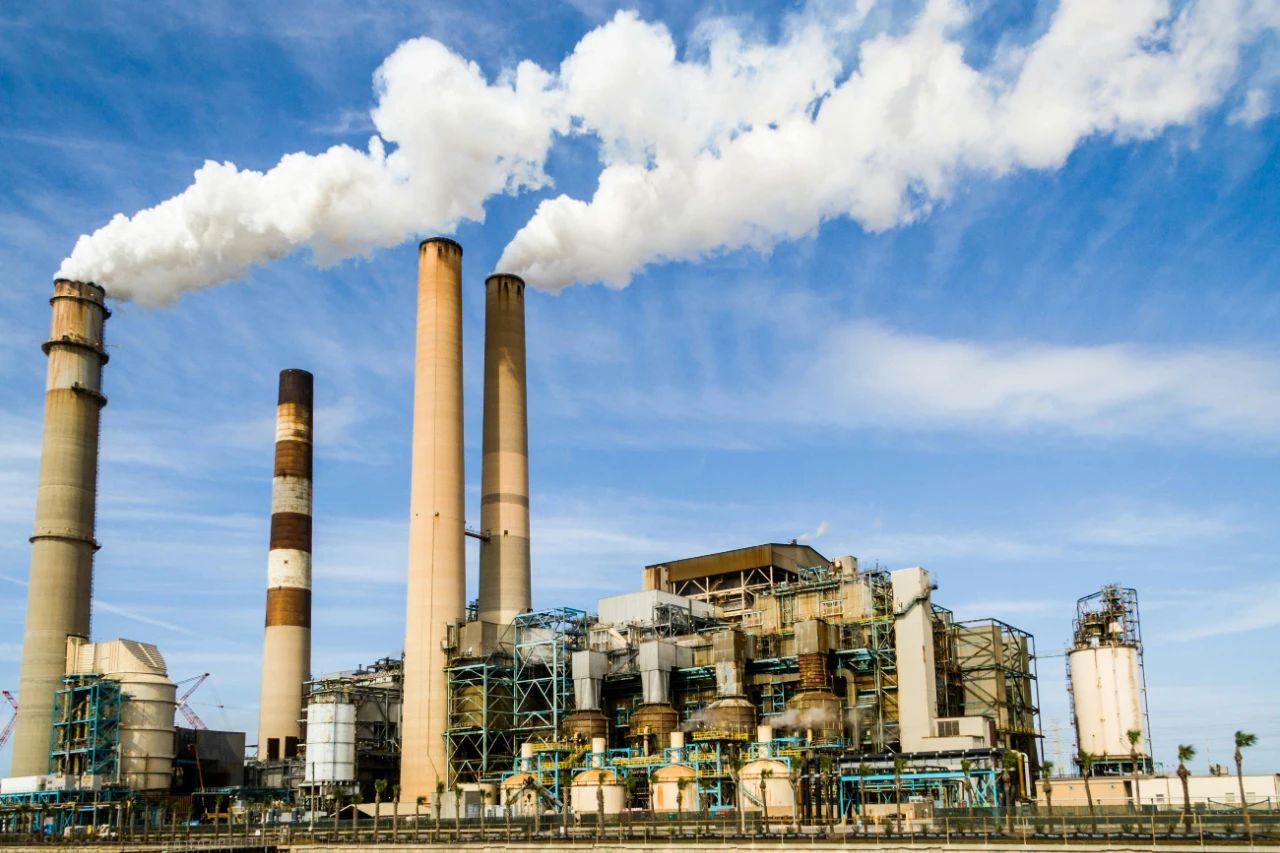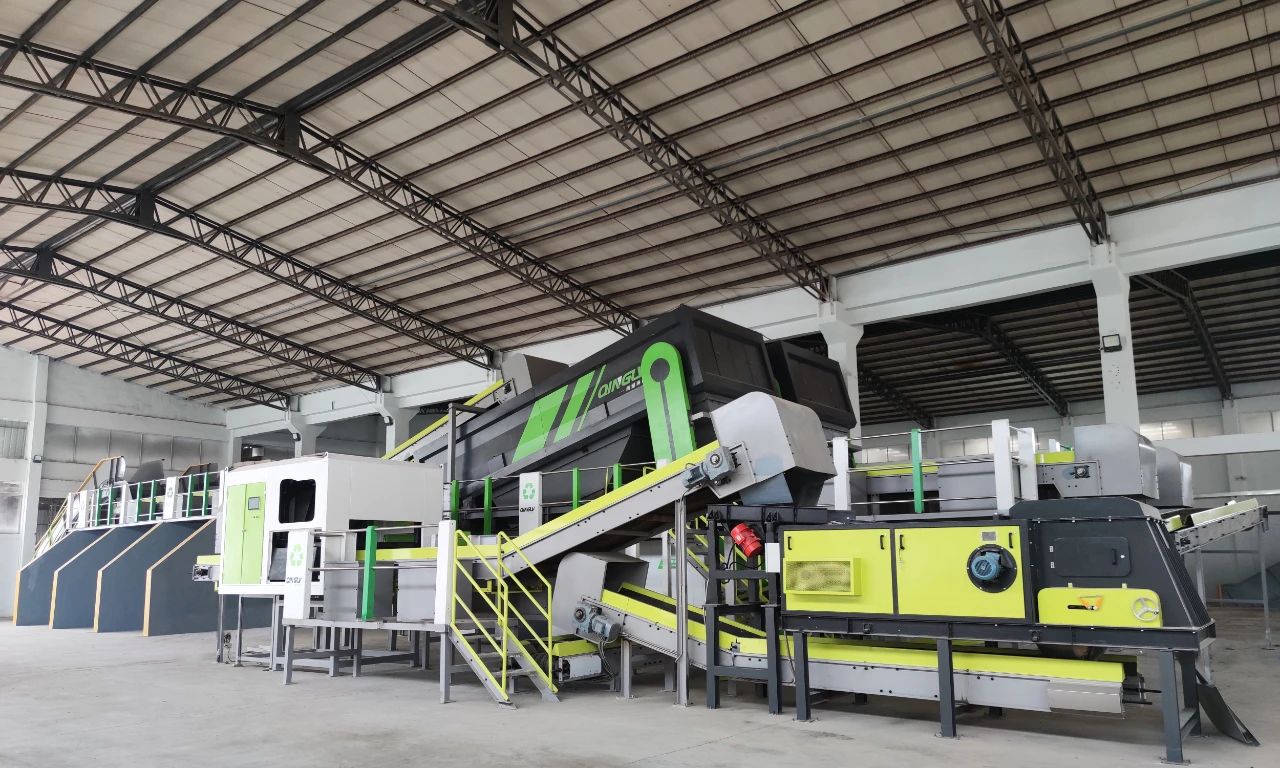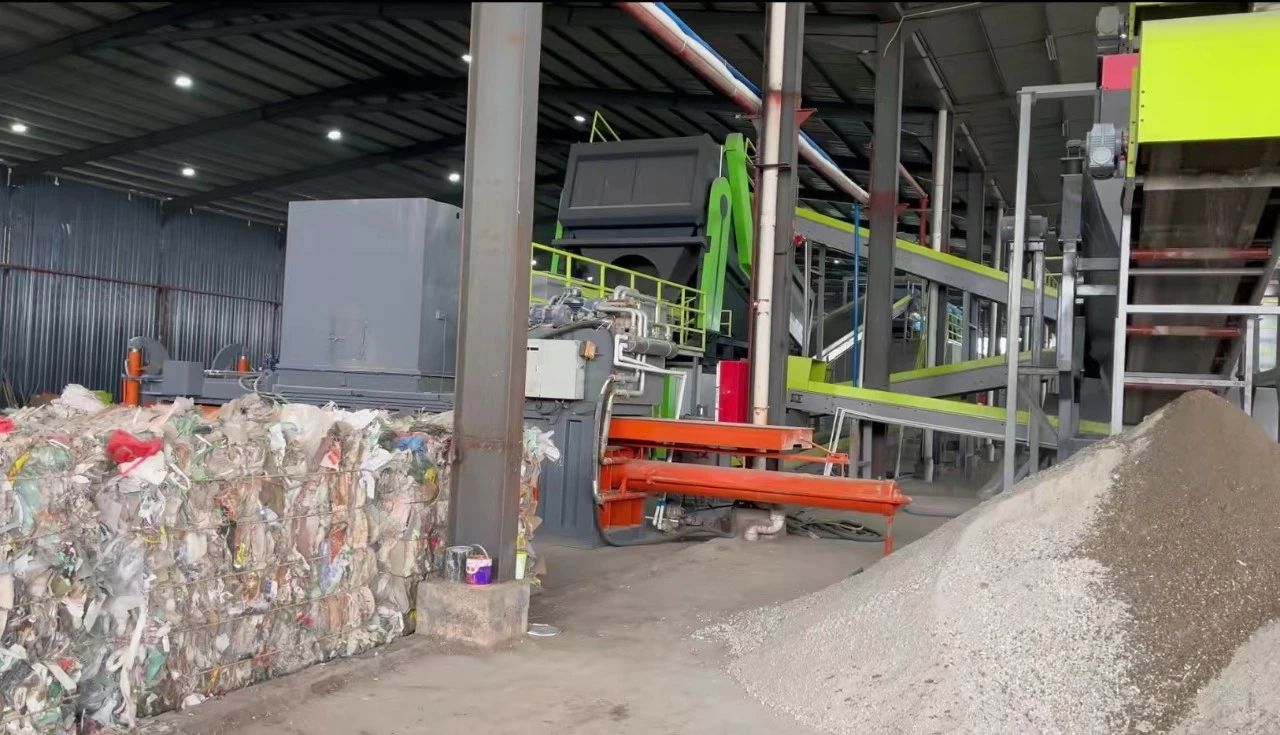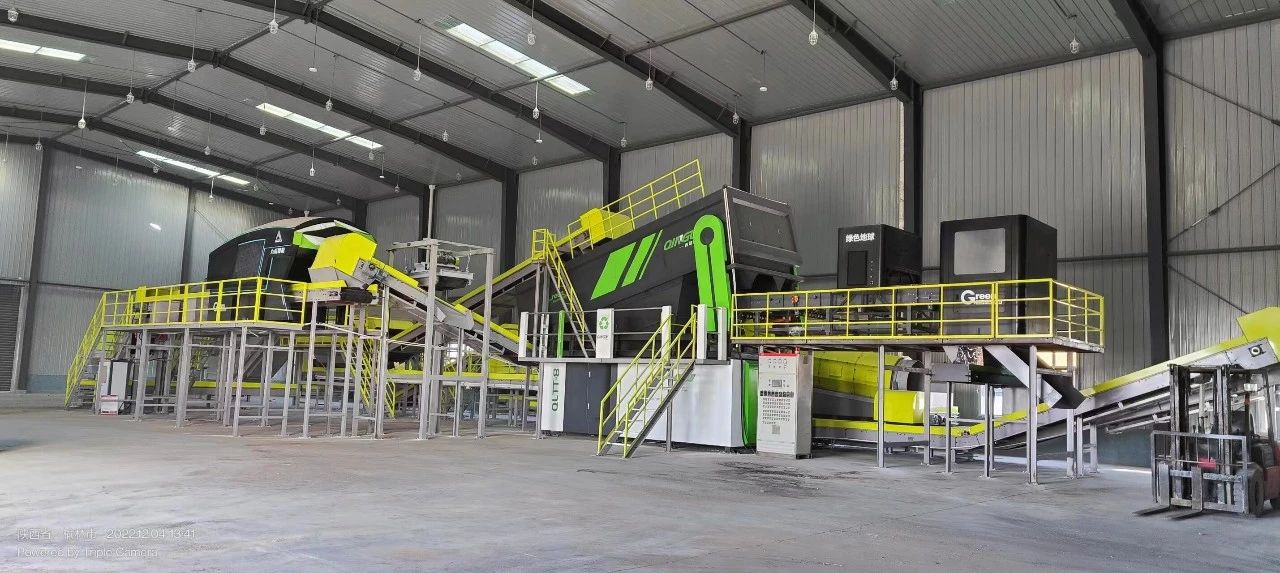 Time:2025-01-02
Time:2025-01-02
 Source:
Source:
On 23 December, the Action Programme for Energy Conservation and Carbon Reduction in Guangdong Province for 2024-2025 (hereinafter referred to as the Action Programme) has been officially issued and implemented.
Work objectives of the Action Programme
The Action Plan requires that in 2025, the proportion of non-fossil energy consumption in Guangdong will reach about 32%, and the energy-saving and carbon-reducing transformation of key areas and industries will result in energy savings of about 3.5 million tonnes of standard coal and carbon dioxide emission reductions of about 9.1 million tonnes, so as to complete the ‘14th Five-Year Plan’ energy-saving and carbon-reducing binding targets to the best of its ability.

Priority tasks of the Programme of Action
The Action Programme deploys ten key tasks. The first is the fossil energy consumption reduction and replacement action; the second is the non-fossil energy consumption enhancement action; the third is the iron and steel industry energy saving and carbon reduction action; the fourth is the petrochemical and chemical industry energy saving and carbon reduction action; the fifth is the non-ferrous metal industry energy saving and carbon reduction action; the sixth is the building materials industry energy saving and carbon reduction action; the seventh is the building energy saving and carbon reduction action; the eighth is the transport energy saving and carbon reduction action; the ninth is the public institutions energy saving and carbon reduction action; the tenth is the energy-using products and equipment Energy saving and carbon reduction actions.
Specific measures of the Action Programme
Among the above key tasks, corresponding energy-saving and carbon-reducing measures have been formulated for a number of key industries such as iron and steel, construction and building materials, and non-ferrous metals. For example, optimising the layout of production capacity, promoting advanced energy-saving technologies, and implementing energy-saving and carbon-reducing renovation.
Key Industries - Steel
In the steel industry, the production of steel requires a large amount of primary ores, and the mining and smelting process generates high carbon emissions, while the recycling of steel scrap can significantly reduce the carbon footprint. Waste sorting equipment allows for the fine sorting of iron-containing and steel-containing waste materials from construction and renovation waste or industrial solid waste, providing steel companies with high-purity scrap raw materials and reducing the need for virgin ore and energy-intensive smelting.

Key Industries-Construction and Building Materials
In terms of construction building materials, the programme calls for promoting the use of green and low-carbon building materials, increasing the proportion of renewable energy use in an orderly manner, promoting low-carbon substitution of raw materials, and promoting the use of advanced process technologies.
Construction and renovation waste is an important waste resource in the building materials industry, and through sorting and recycling, it can reduce the reliance on virgin materials and lower carbon emissions. For example, through sorting, the stone is used to produce aggregates, recycled bricks and other building materials, waste metals can be sold to steel mills, waste wood is used to make artificial board materials or biofuels, waste plastics are used in the production of recycled plastic granules, etc., reducing the need for new resource extraction and achieving the reduction of carbon emissions from the source.

Key Industries - Non-Ferrous Metals
Whereas non-ferrous metal industries such as aluminium and copper have production processes that consume huge amounts of energy, the carbon emissions from recycling non-ferrous metals are far lower than the production process of virgin metals. According to the data of China Energy News, the energy consumption of producing 1 ton of recycled aluminium is only 5% of that of primary aluminium, and produces only 0.5 ton of carbon dioxide emissions. Compared to producing an equivalent amount of primary aluminium, producing 1 ton of recycled aluminium is equivalent to saving 3.4 tonnes of standard coal, 14 cubic metres of water and 20 tonnes of solid waste emissions.
In practice, for example, copper, aluminium and other non-ferrous metals can be sorted out from mixed domestic waste or industrial solid waste through equipment such as eddy current machines, achieving efficient recycling, significantly reducing the waste of resources, and promoting the green and sustainable development of the industry while achieving economic benefits.

Technology Empowerment: Building and Creating Together
As a leading solid waste intelligent selection solution provider,Qinglv actively responds to the call of the Action Programme, promotes resource recycling with highly targeted and grounded waste intelligent selection solutions, as well as efficient and intelligent sorting technology, helps key industries to do a better job of energy saving and carbon reduction at a higher level and with higher quality, and gives better play to the economic, social and ecological benefits of energy saving and carbon reduction.

By accurately sorting non-ferrous metals, steel, plastics and other recyclable resources, we help companies reduce their dependence on raw materials and carbon emissions, while reducing environmental pollution and improving resource utilisation. In the future, we will continue to take technological innovation as the core, and join hands with all sectors of the community to contribute to the realisation of the binding targets of energy saving and carbon reduction in the 14th Five-Year Plan of Guangdong, as well as the construction of a beautiful Guangdong.














 Prev
Prev